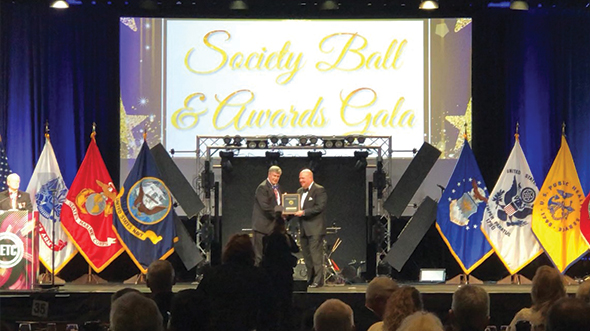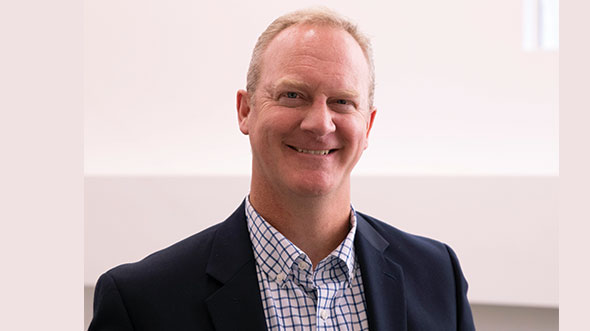
BLOG
—
Active to Civilian: How Woolpert Veterans Make It Work
Over 75 current Woolpert employees are military veterans, and we couldn’t be prouder of them. Yet, each had to make the transition from active military duty to civilian life, and for many, that journey led them to Woolpert. Meet a few of our esteemed veterans as they discuss their personal transitions into the civilian workforce.
What did your transition from the military to civilian workforce look like?
Nadja: I tried hard for much of my transition time to get a civilian job in the government because it felt familiar and “safe.” At the time I separated, civilian positions were few and difficult to secure. That’s where the Society of American Military Engineers (SAME) came in. I can honestly say that every single interview I got was with a SAME member company. Without SAME, I would have had no connections or network in the private sector.
Shawn: Through the Transition Assistance Program (TAP), I prepared for my retirement for over a year. I reflected on what was truly important to my family and me, as well as what I was best suited for pursuing next. I also took my family on a three-week RV trip across the Western U.S. We created memories to last a lifetime and I came back refreshed and ready to make my next career decision.
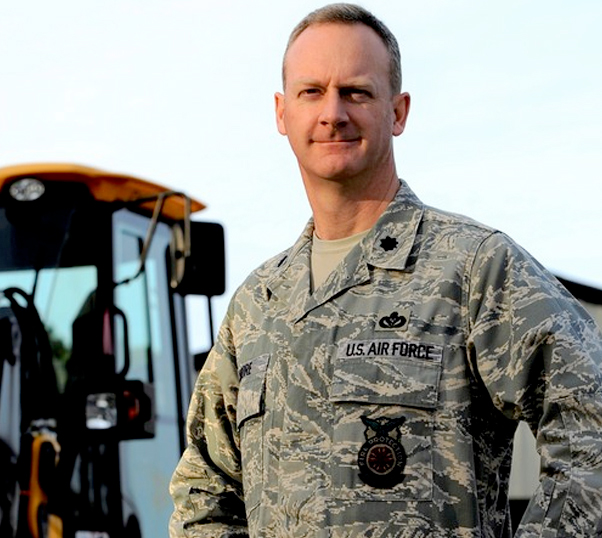
Squadron Commander Shawn Moore’s official photo at Hurlburt Field, 2009
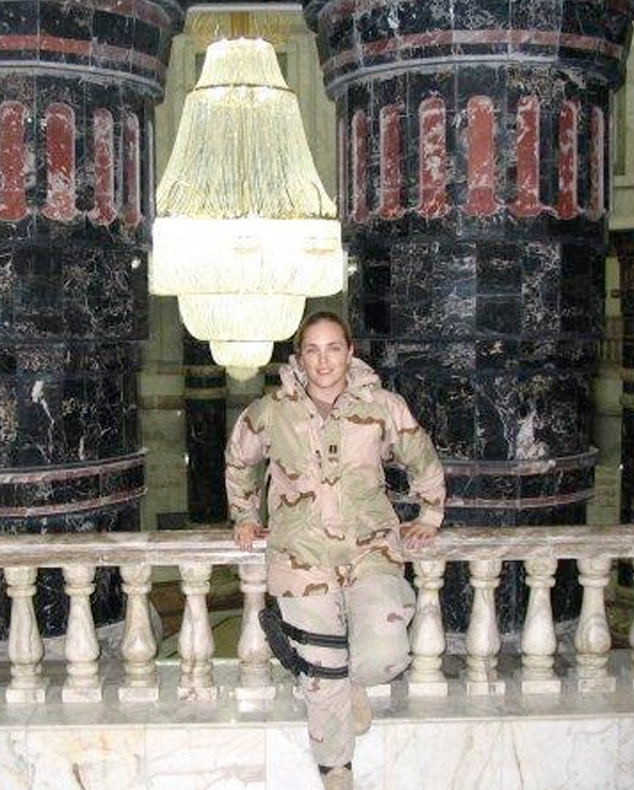
Rebecca Knolle in one of Saddam Hussein’s Baghdad palaces, 2006
How did the military prepare you for a civilian career?
Rebecca: In the military I learned how to interact with different types of people and personalities, how to prioritize and manage my time effectively, and how to celebrate victories.
Dennis: During my Navy career, I cycled through a home/away deployment schedule of 90 days of shore duty followed by 105 days deployed on a submarine. Repeating this schedule five times prepared me for the heavy travel schedule of my federal business development job.
What was difficult about the transition?
Dennis: The most difficult part for me was adjusting from a highly structured military work environment to a more relaxed civilian work environment.
Shawn: It wasn't securing my next job, but rather mentally preparing for what I expected to be a monumental shift in culture and an anticipated lack of true mission focus and esprit de corps. I must admit, I was also afraid of no longer being able to rely on my predictable, matching work clothes (i.e. uniform) for work every day! Every so often, I still catch a friendly ribbing from my colleagues about that.
What advice can you offer to others in transition?
Nadja: I tell other service members in our industry all the time about SAME. There’s no way I would have found civilian employment without the network and connections I earned by volunteering in SAME. As for transitioning to civilian employment, just be humble. Be patient with yourself. Start out by listening. Show your interest and engagement by asking good questions instead of espousing what you think you know.
Rebecca: First and foremost, it is never too early to start thinking about transitioning. Make use of TAP to review and assemble your civilian resume, meet with potential employers and practice interviewing. Second, obtain all the education and credentials possible to make yourself more marketable when you leave the service. Third, if you aren’t doing so yet, be sure to join and actively participate in organizations that match the career field you want to transition into. The best way to land a job is through networking.
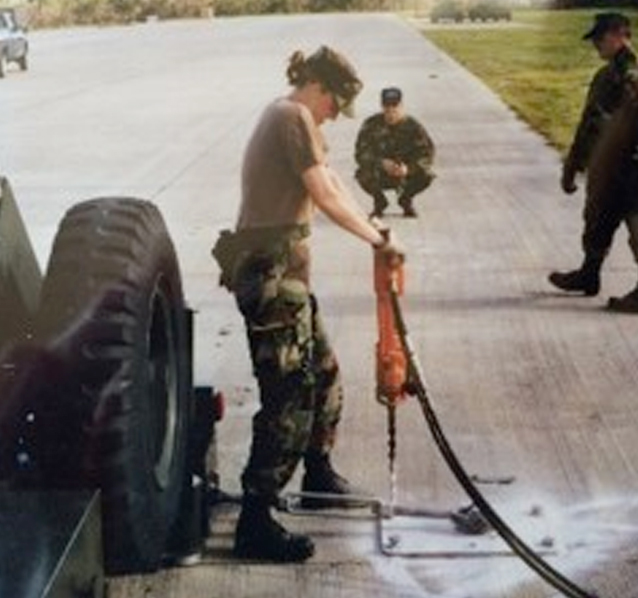
Nadja Turek as a young Lieutenant learning to install an aircraft arresting system, 2001

Nadja Turek, PE, LEED® AP B+DC, EN, WELL AP, is a civil engineer and sustainable design expert. She served in the U.S. Air Force as a Captain.

Dennis Ellington directs federal business development efforts. He was a Lieutenant in the U.S. Navy.

Rebecca Knolle, PE, PMP, LEED® AP B+DC, is a civil engineer and military project manager. She served in the U.S. Air Force for 10 years, separating as a Captain.

Colonel (r) Shawn Moore is an architect and civil engineer. He served in the U.S. Air Force for over 27 years, including six deployments.
